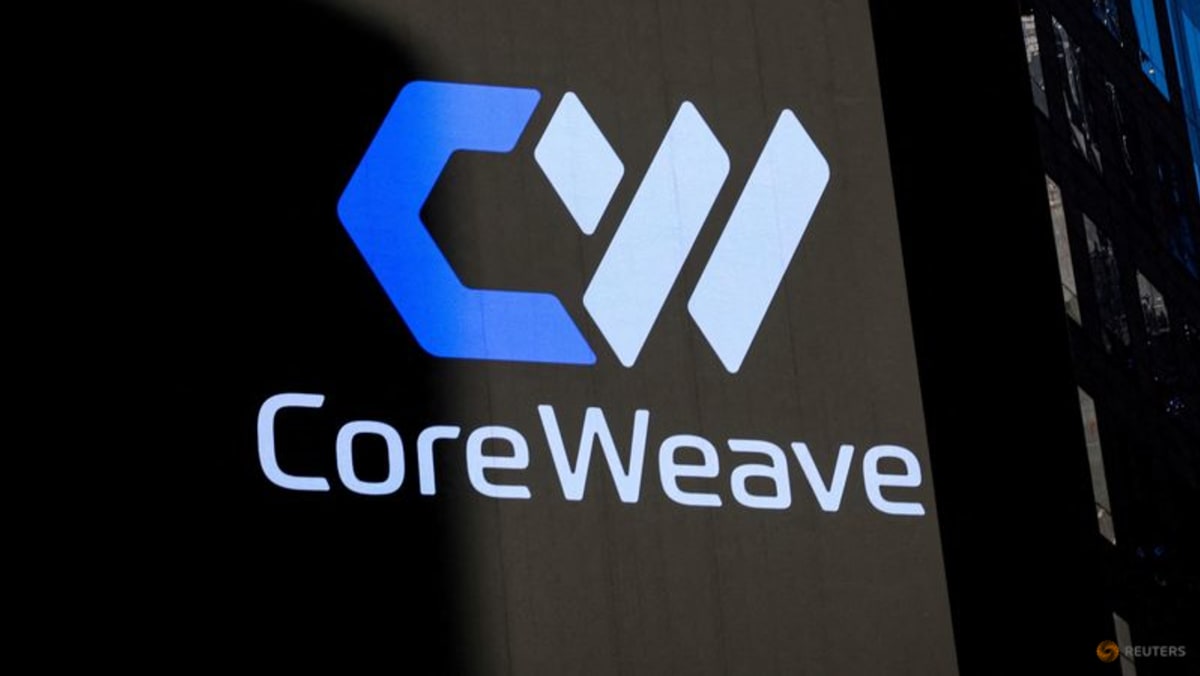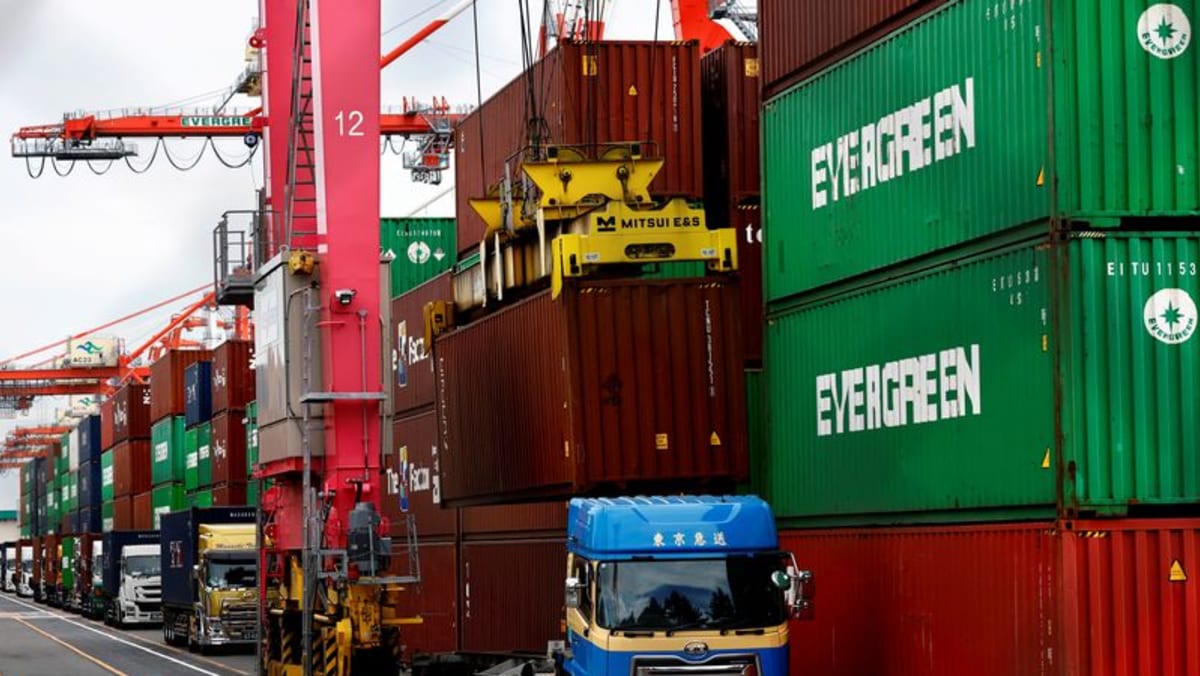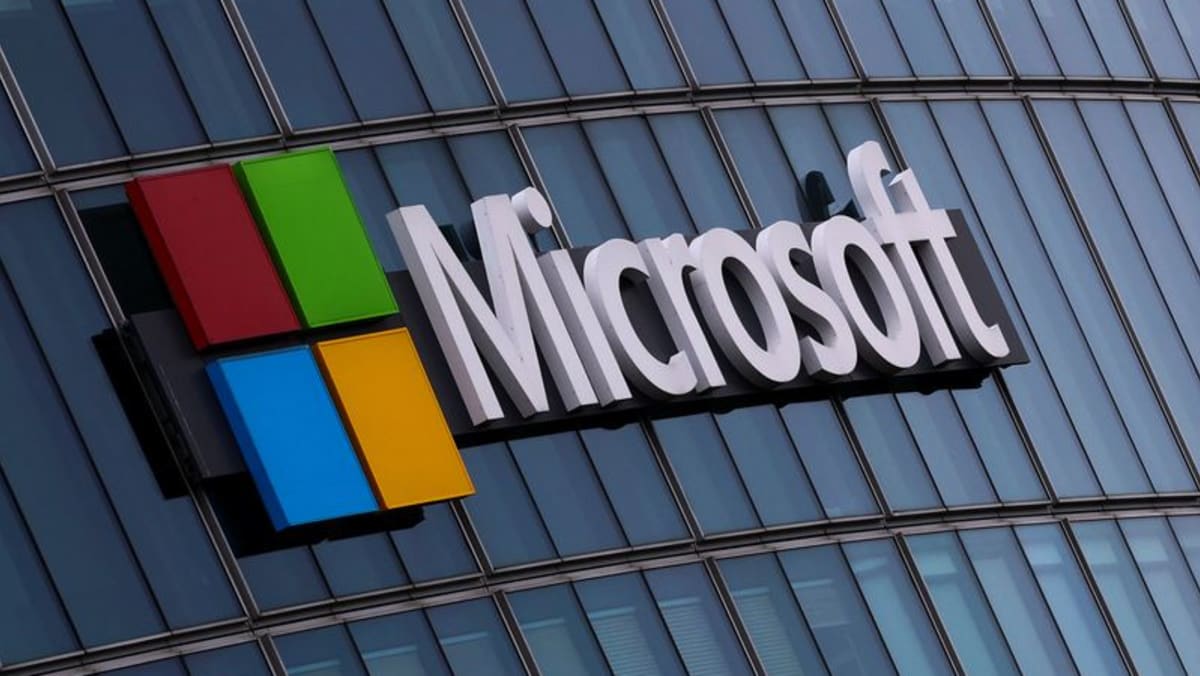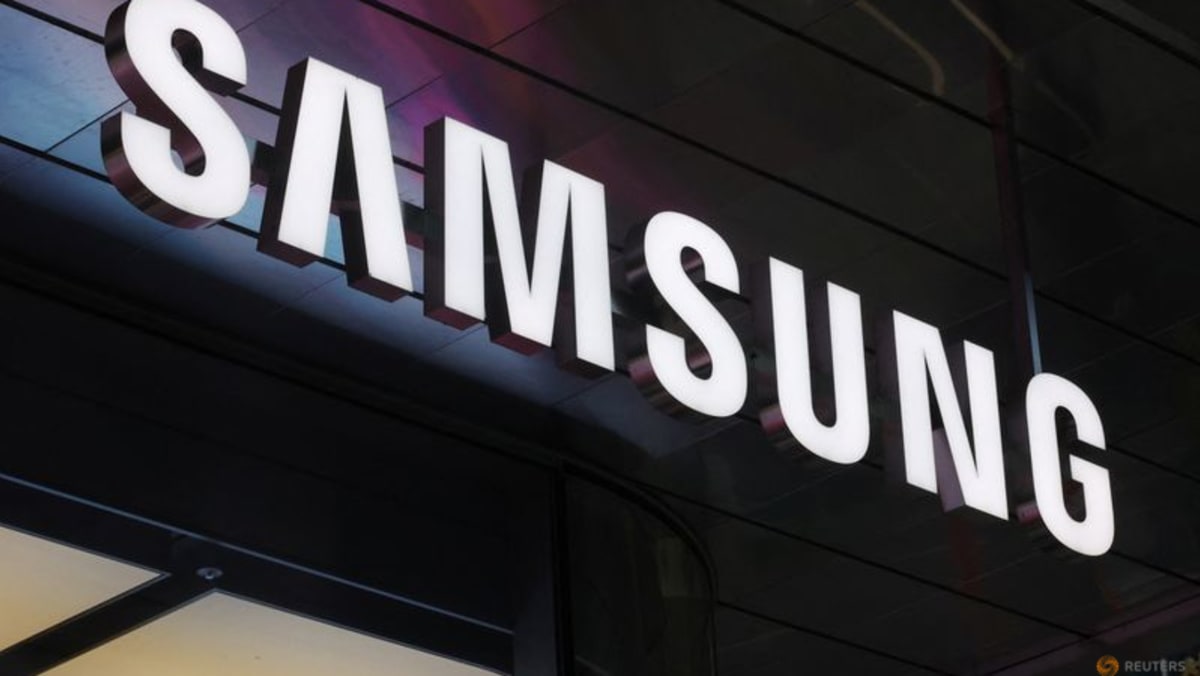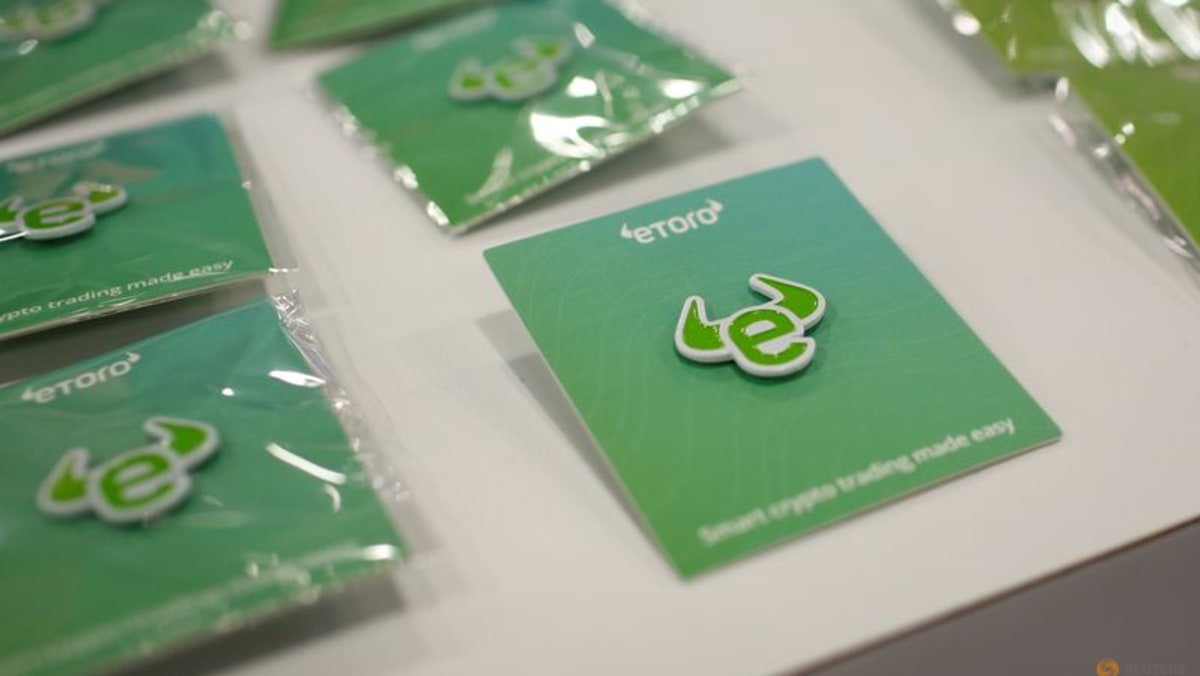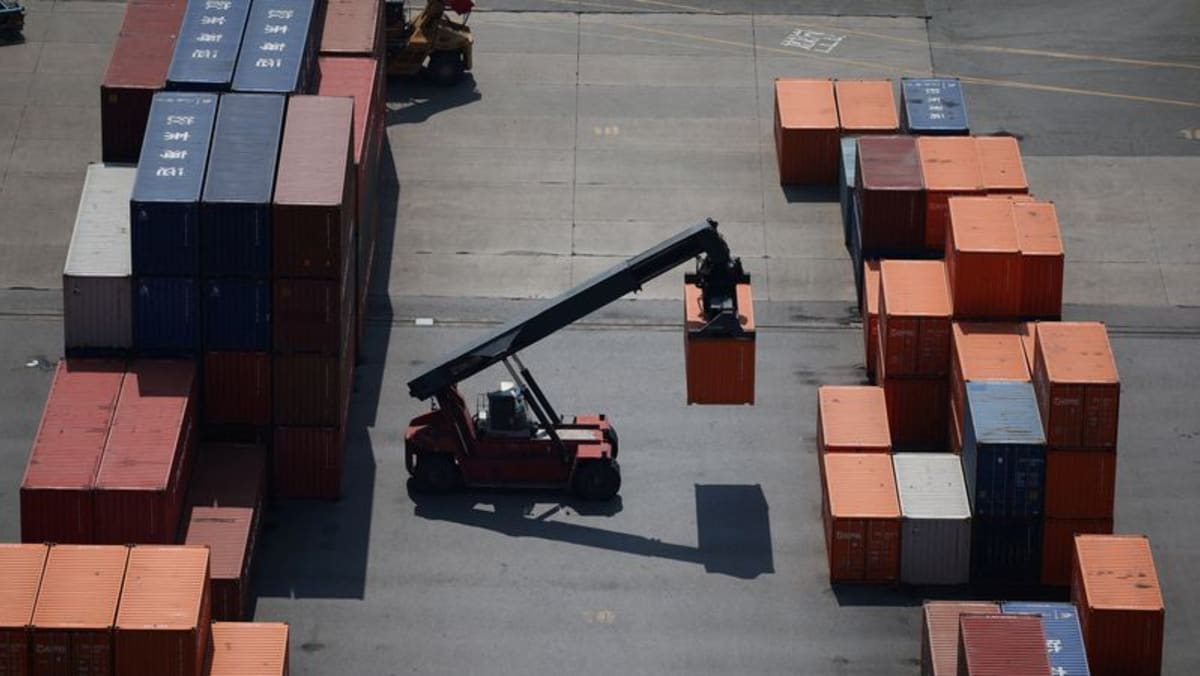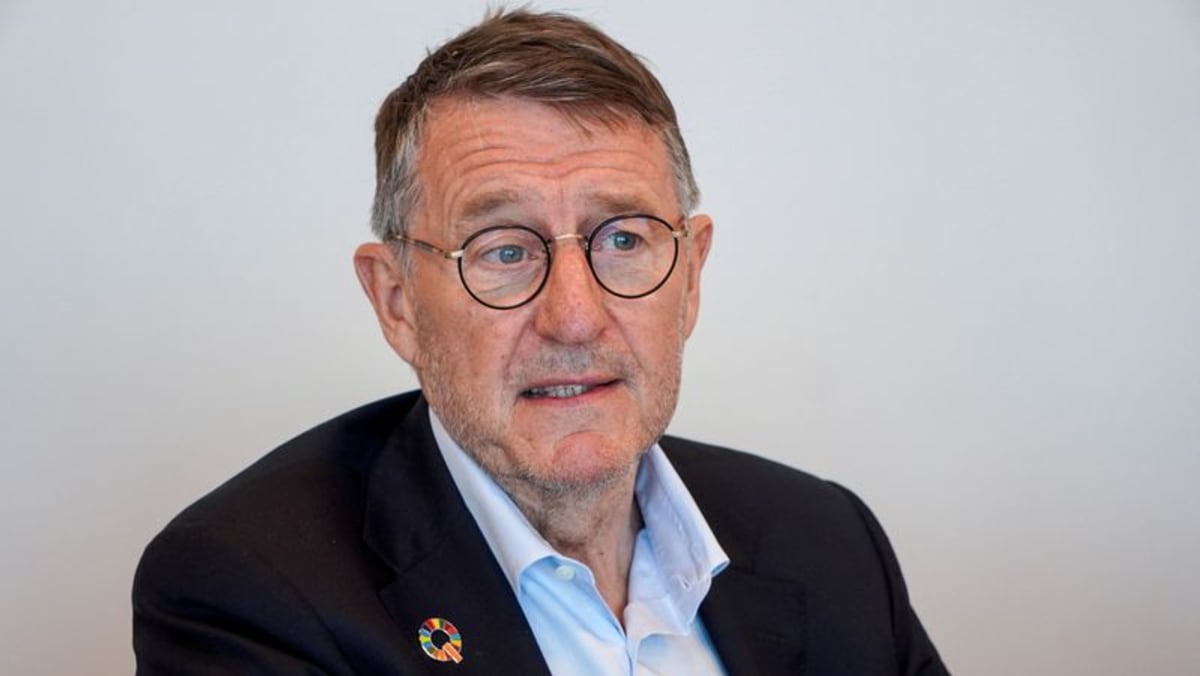TOKYO :Japan’s wholesale inflation hit 4.0 per cent in April as companies continued to pass on rising raw material and labour costs, data showed, underscoring price pressure that will likely keep the central bank on course to raise interest rates further.
There was little impact seen from U.S. President Donald’s sweeping tariffs announced on April 2, in part due to a 90-day pause set by Washington, with many firms yet to finalise their pricing strategy, a Bank of Japan official said in a briefing on the data released on Wednesday.
The year-on-year increase in the corporate goods price index (CGPI), which measures the price companies charge each other for their goods and services, matched a median market forecast and slowed from a revised 4.3 per cent annual increase in March.
The index, at 126.3, hit a fresh record high for the 8th straight month, in a sign lingering inflationary pressures are feeding into higher consumer prices with some lag.
The yen-based import price index fell 7.2 per cent in April from a year earlier after a revised 2.4 per cent drop in March, a sign the currency’s rebound was taking pressure off import costs.
Global declines in some commodity prices and the phase-out of domestic subsidies aimed at curbing fuel costs also moderated wholesale inflation, the data showed.
But companies continued to hike prices for a wide range of goods in April – the start of Japan’s business year when firms typically review prices.
Food and beverage prices rose 3.6 per cent in April from a year earlier, faster than a 3.4 per cent gain in March. Agricultural goods prices also spiked 42.2 per cent in April after a 39.1 per cent rise in the previous month, the data showed.
The figures paint a mixed picture for the BOJ, which needs to balance risks from Trump’s tariffs and domestic inflationary pressures, in deciding when to resume interest rate hikes.
“The damage to the global economy and trade from U.S. tariffs may be smaller than expected on April 2. But tariffs on cars, auto parts, steel and aluminium remain, so their impact on manufacturers and the economy can’t be ignored,” said Takeshi Minami, chief economist at Norinchukin Research Institute.
“The yen, on the other hand, is resuming its downtrend,” he said. “While wholesale inflation is seen slowing toward the year-end, there’s a chance the BOJ could raise rates again around September or October.”
The BOJ ended a decade-long, massive stimulus last year and raised short-term interest rates to 0.5 per cent in January. While it has signaled readiness to raise rates further, the economic fallout from Trump’s tariffs has complicated its decision on the next rate-hike timing.
Core consumer inflation, which is the key indicator the BOJ uses to set monetary policy, hit 3.2 per cent in March on persistent rises in food costs, staying above the central bank’s 2 per cent target for three years.

